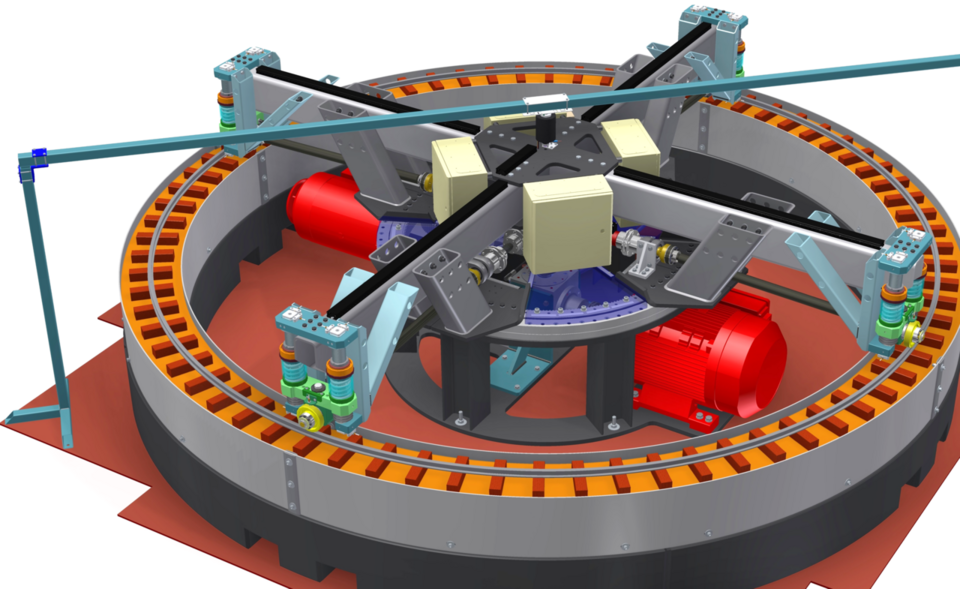Last year, the acoustic camera system was delivered to the Aircraft Noise and Climate Effects (ANCE) group at Aerospace Engineering. With this system, it is possible to map sound sources and conduct research on them. The goal is to locate and reduce noise pollution.
At DEMO EWI were busy developing a new acoustic camera. The ANCE group had already developed their own acoustic camera system, but it had flaws and was missing an audio filter.
For this, DEMO EWI created a completely new design for the electrical and mechanical hardware. New 3D-printed microphone housings were designed and produced using the Formlabs 3D Printer. These microphones are placed in a specific sequence in a foldable 4 by 8-meter frame (array). The entire frame consists of 14 parts that can be folded to fit into a standard transport van. By using aluminum tubes and hollowed-out aluminum frames, the entire system was also kept lightweight.
The acoustic camera consists of 64 microphones that are sampled simultaneously. The signals are filtered both analog and digitally, and are transmitted via Ethernet to the PC (Labview). The housing is designed based on a 19" rack, which houses 8 microphone cards, each with 8 microphone inputs. The audio signals from all the cards are collected by a single FPGA, which sends the data via TCP/IP to the PC. On the PC, the audio data is collected by Labview and logged synchronously along with an optical image. The entire system is powered by batteries, making it possible to measure in locations without a power supply, such as at Schiphol’s runway.
The acoustic camera is now fully operational and will soon be tested in the Czech Republic.
This project is a great example of the close collaboration between the various disciplines within our department. Software and hardware, both electrical and mechanical, have been designed, produced, assembled, and tested by many people within our team.














